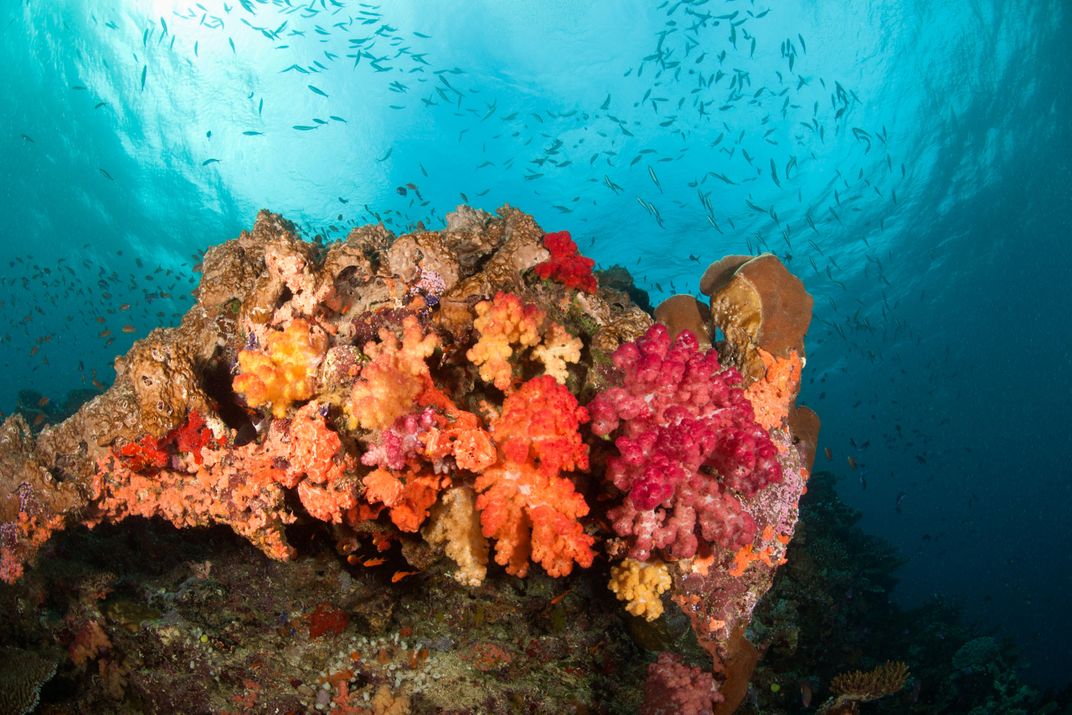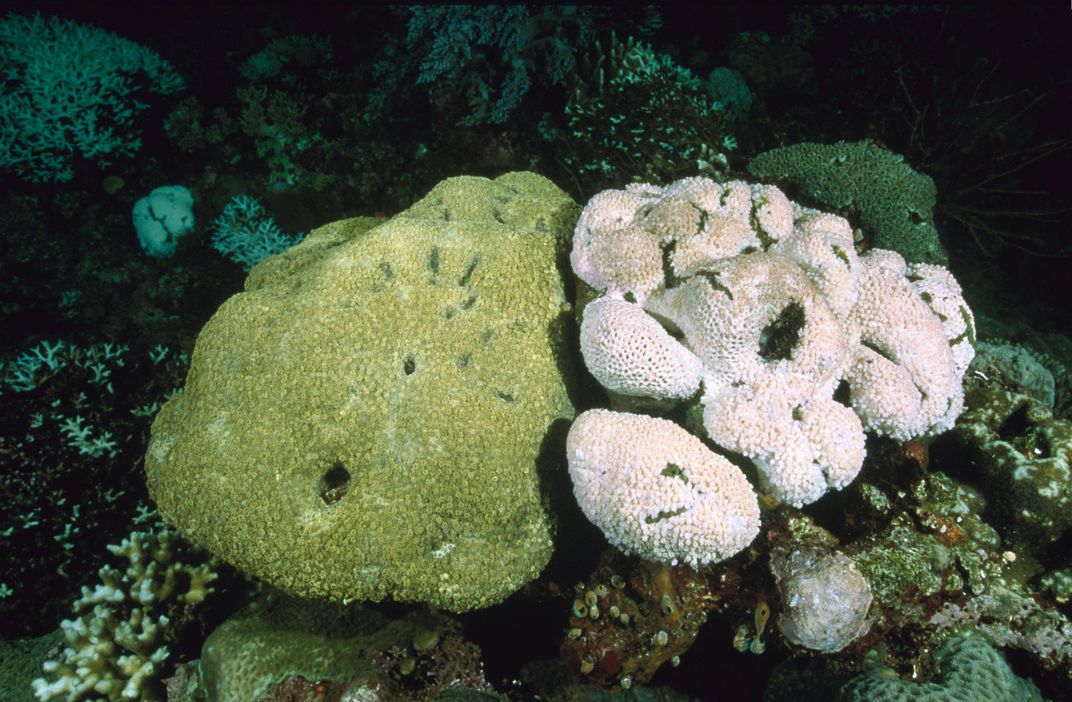Listen to the Sounds of a Dying Coral Reef
Healthy coral reefs produce a medley of sounds that ocean creatures use as homing beacons
/https://tf-cmsv2-smithsonianmag-media.s3.amazonaws.com/filer/f5/42/f542912b-68ef-499d-8643-ca41168d9ff1/coral.jpg)
Healthy coral reefs buzz with the gurgles, burps, swishes and groans of their marine residents. In fact, coral reefs are one of the noisiest ecosystems in the world, according to researchers from the University of Essex. Underwater microphones positioned miles away can pick up on their bustling cacophony.
When a coral reef's health begins to declining, however, its noise also begins to fade. This is a problem for young fish and invertebrate larvae, which use the sound of the reef as navigational guidance after their birth in open water or their first tentative ventures further afield. When things go quiet, those young animals can lose their way—and their home. The University of Essex team found that young marine organisms' ability to detect the reefs declines by a factor of ten when the reefs aren't producing their usual level of noise.
It's not just larvae that can hear the difference, however. Listen for yourself:
See pictures of healthy and unhealthy reefs here:
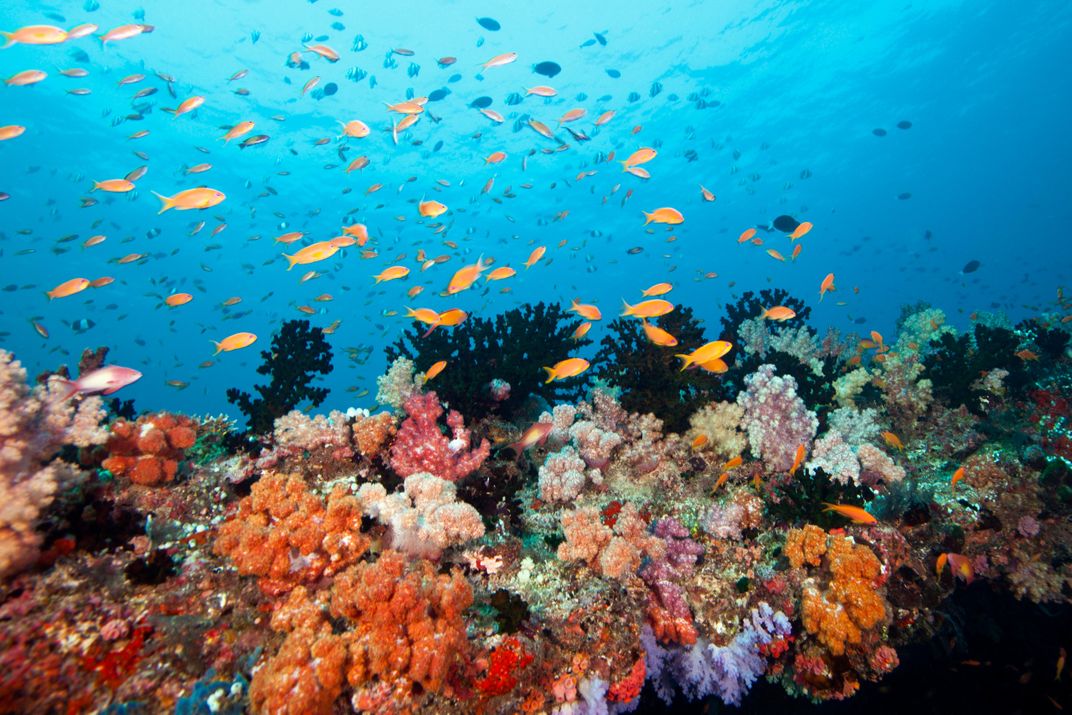
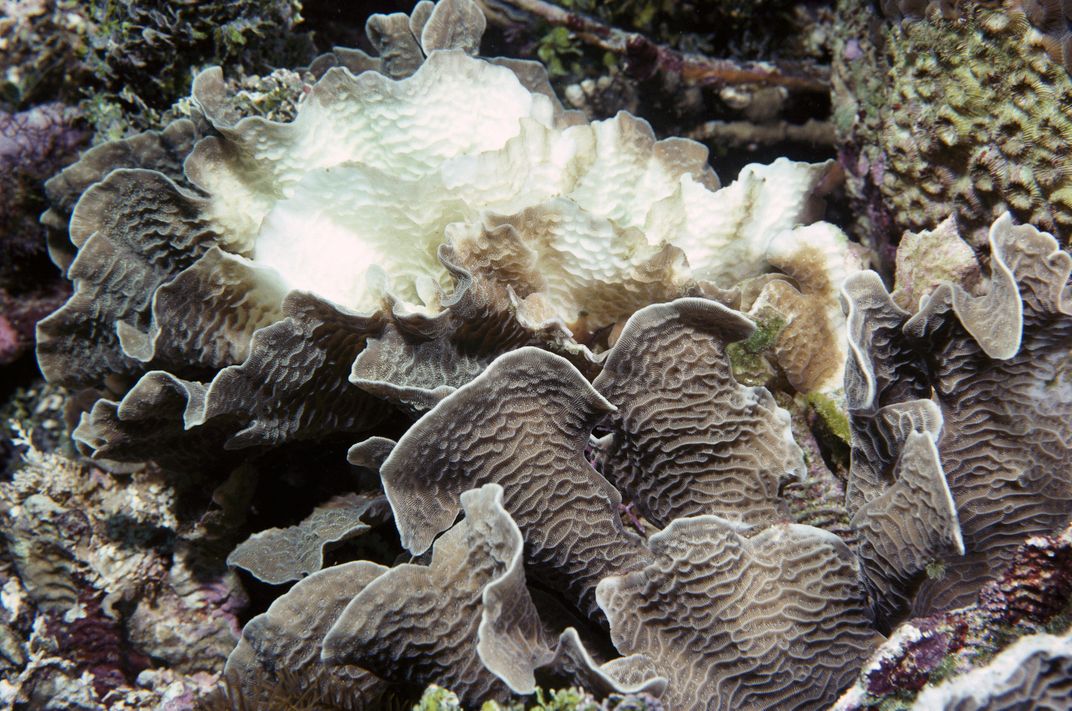
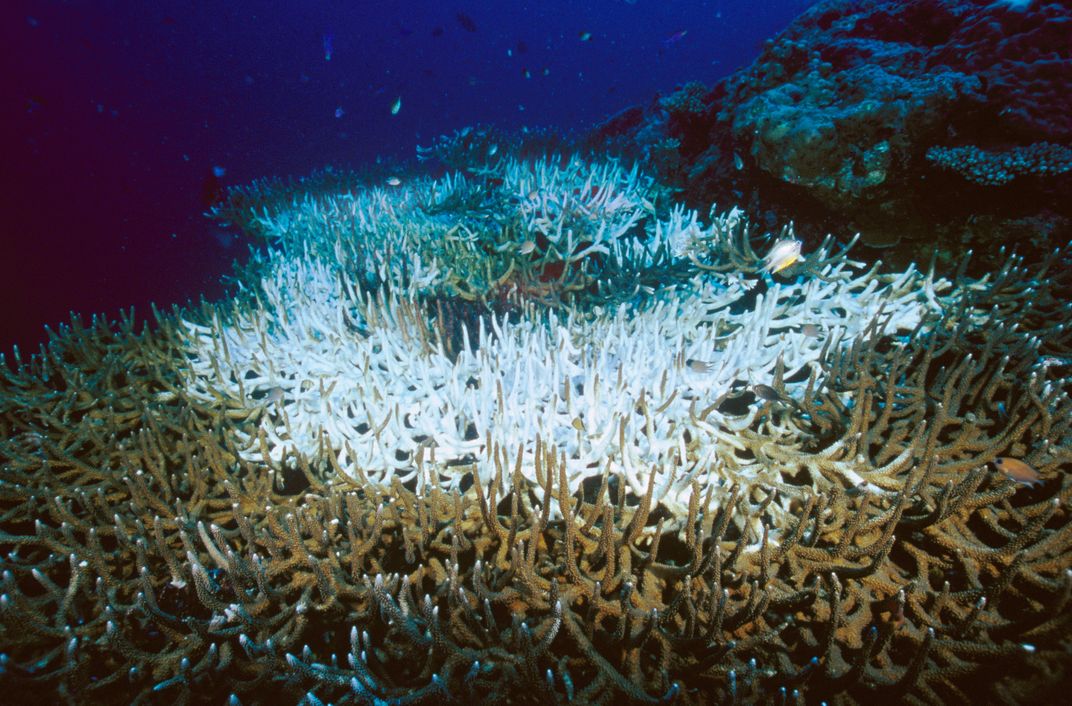
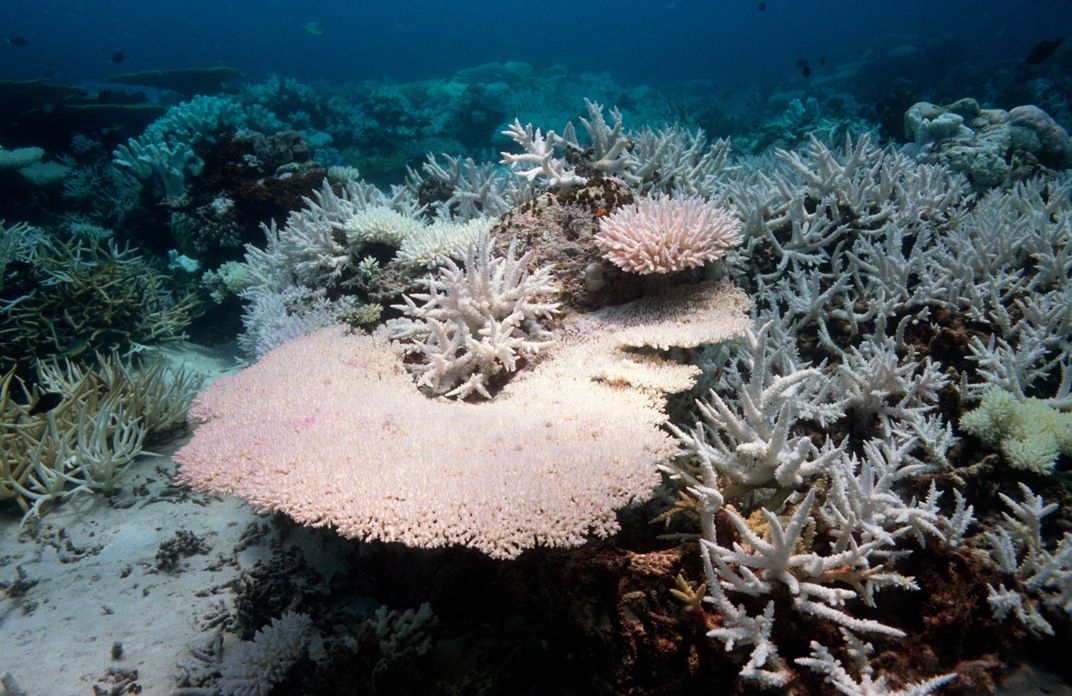
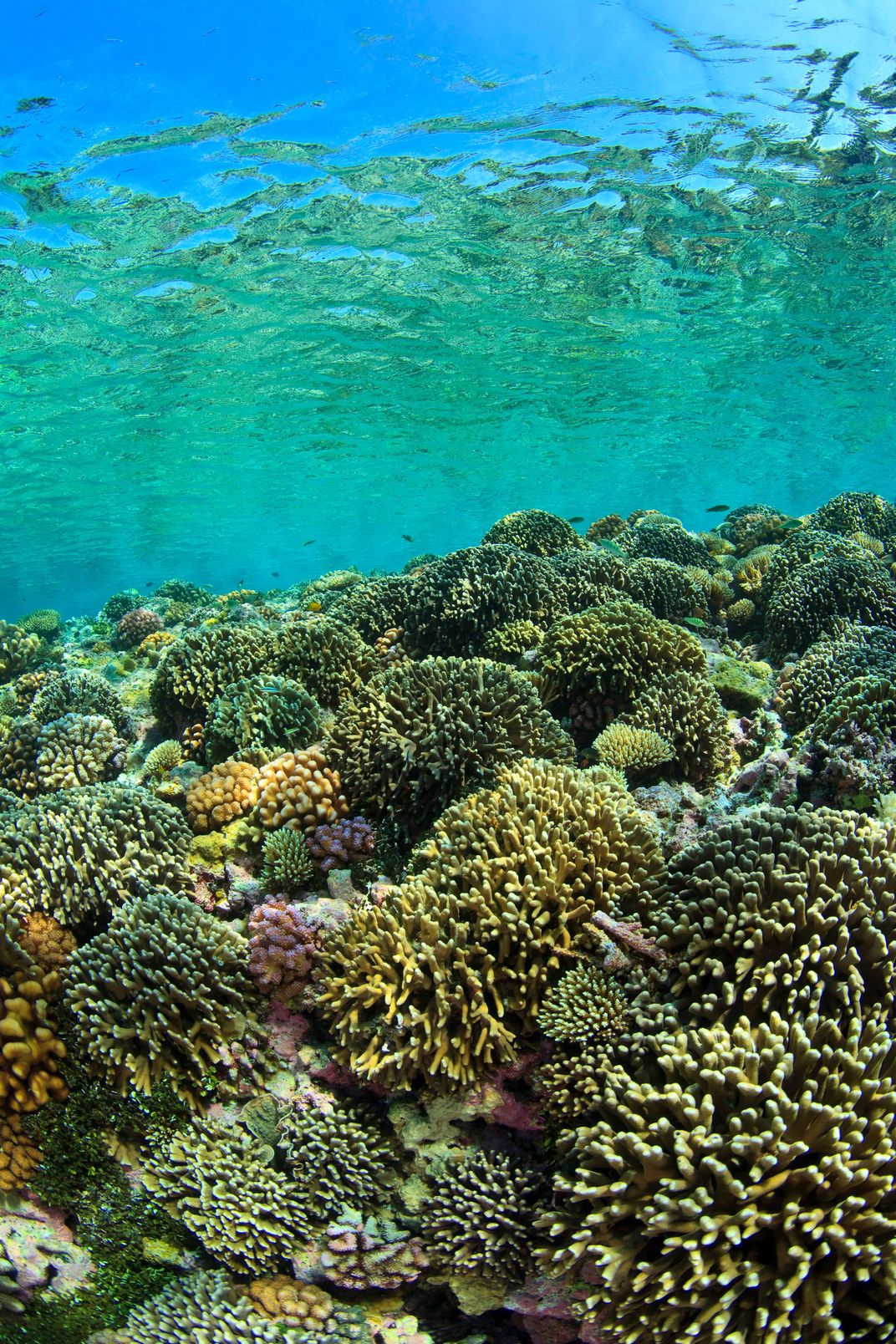
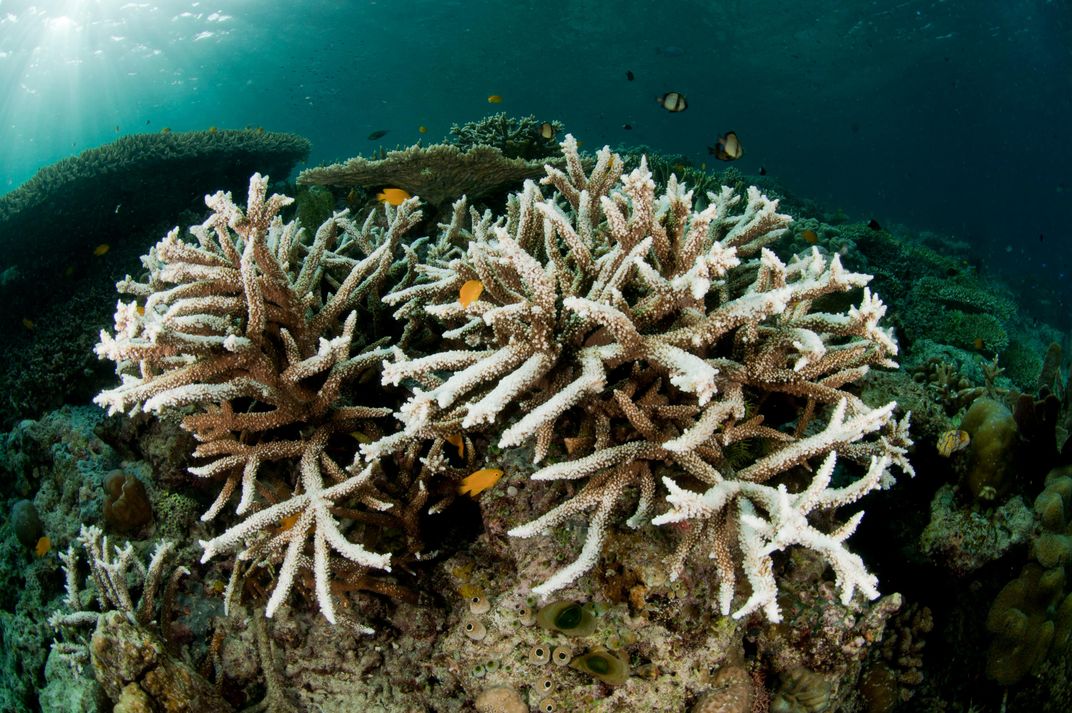
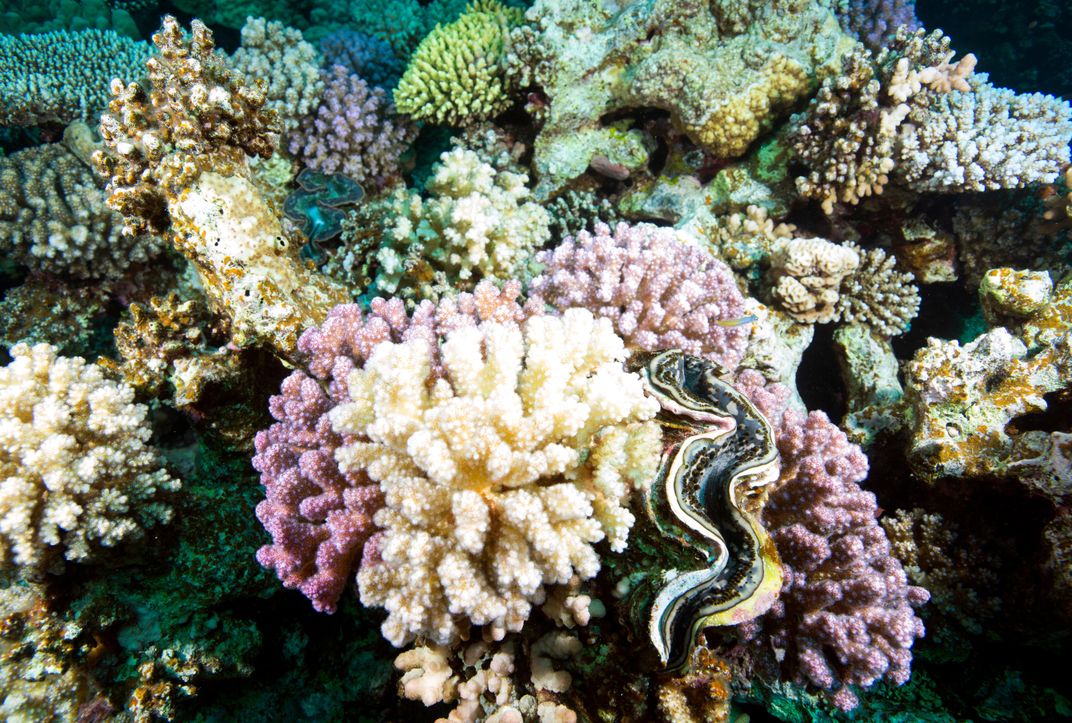
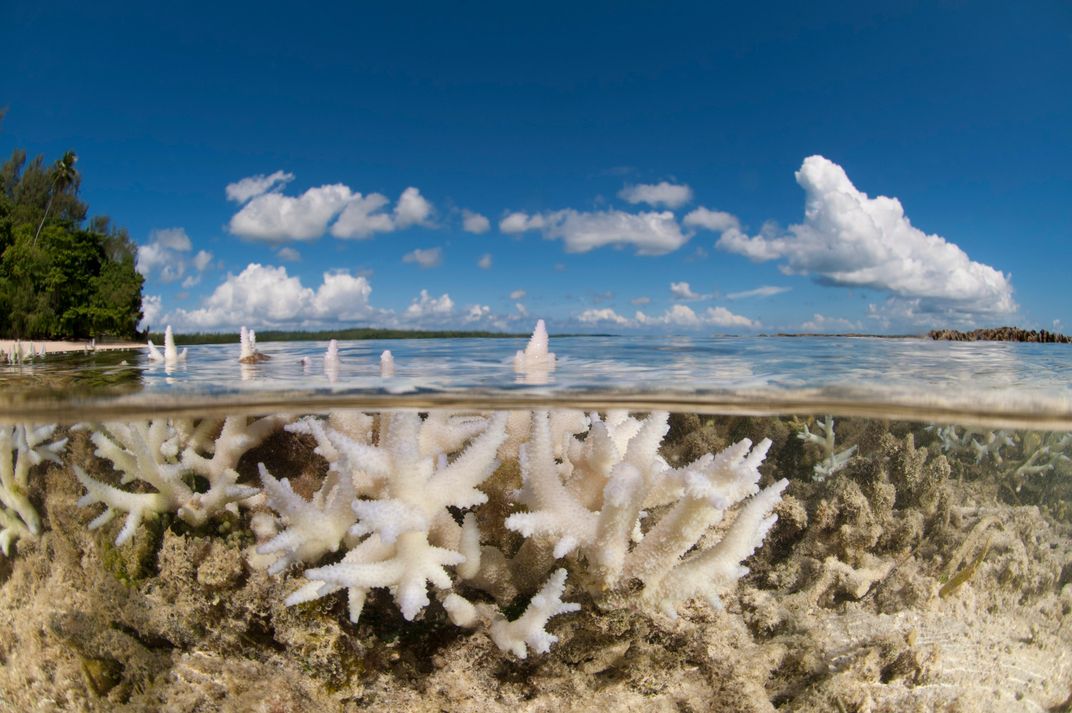
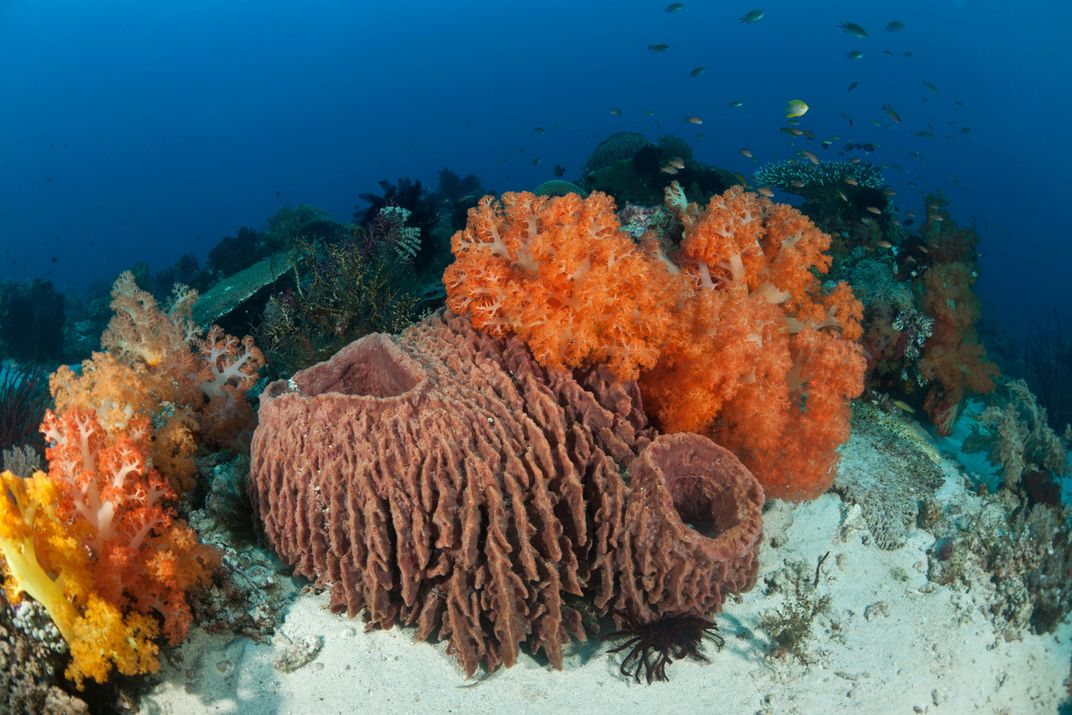
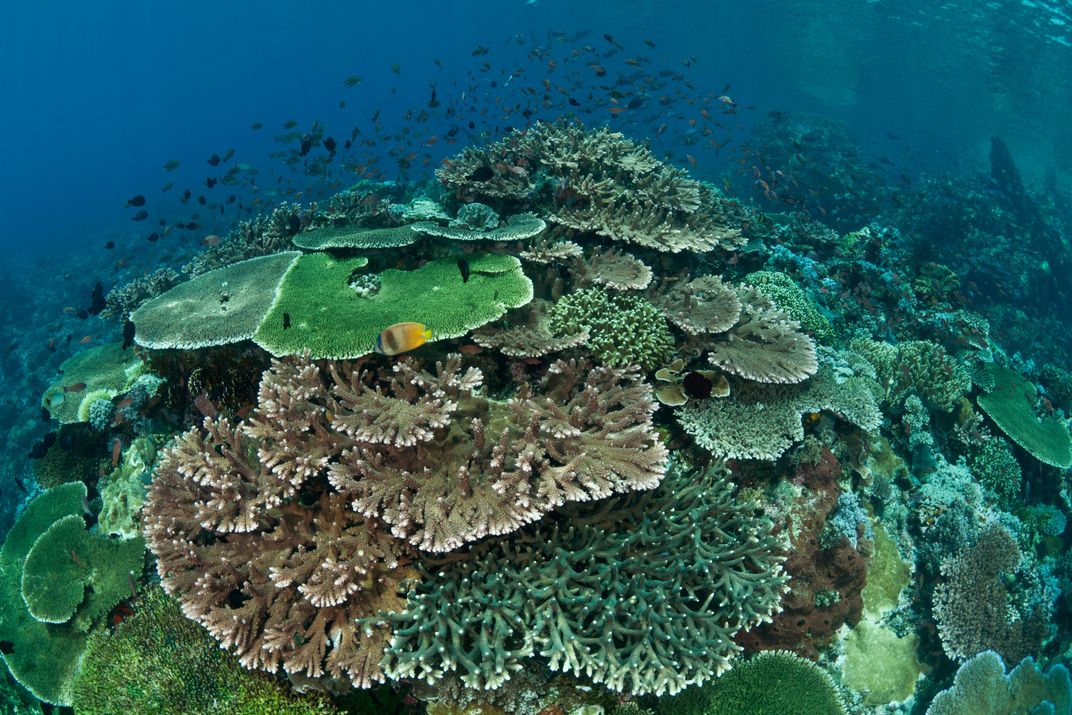
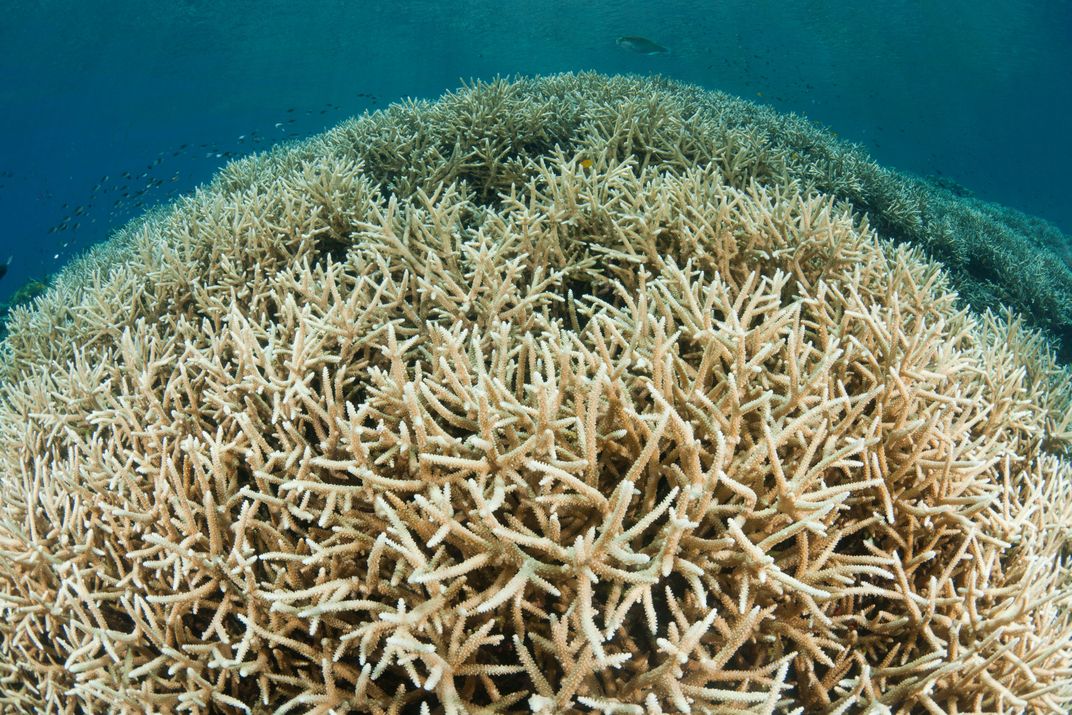
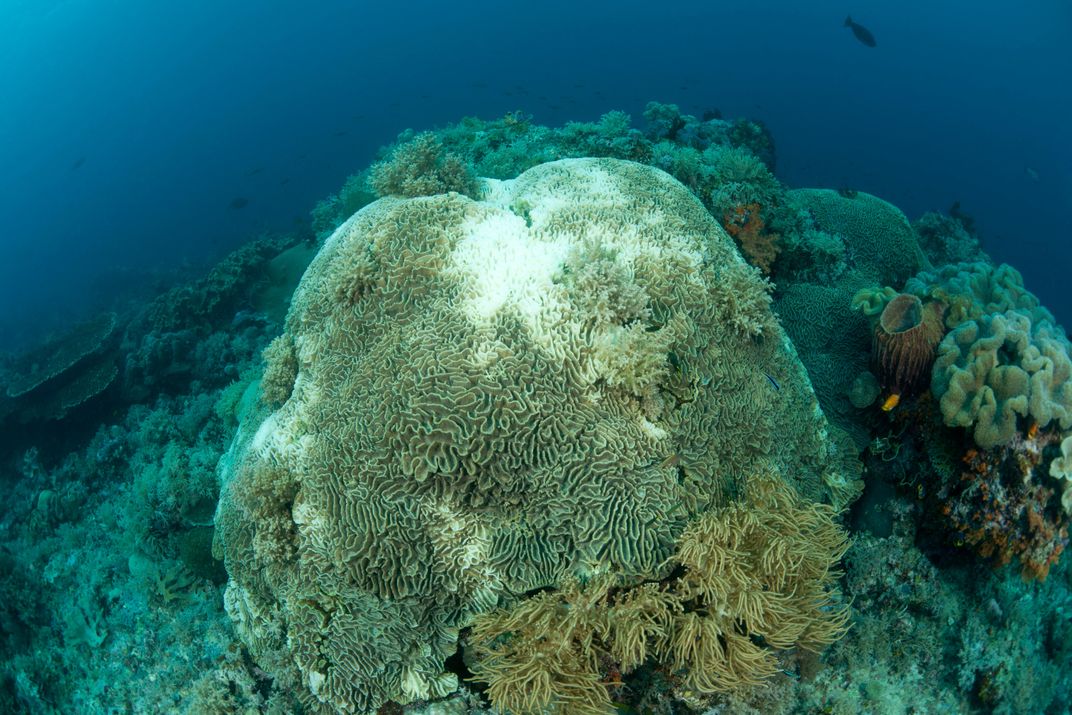
Get the latest stories in your inbox every weekday.
/https://tf-cmsv2-smithsonianmag-media.s3.amazonaws.com/accounts/headshot/Rachel-Nuwer-240.jpg)
Rachel Nuwer | | READ MORE
Rachel Nuwer is a freelance science writer based in Brooklyn.
/https://tf-cmsv2-smithsonianmag-media.s3.amazonaws.com/accounts/headshot/Rachel-Nuwer-240.jpg)
